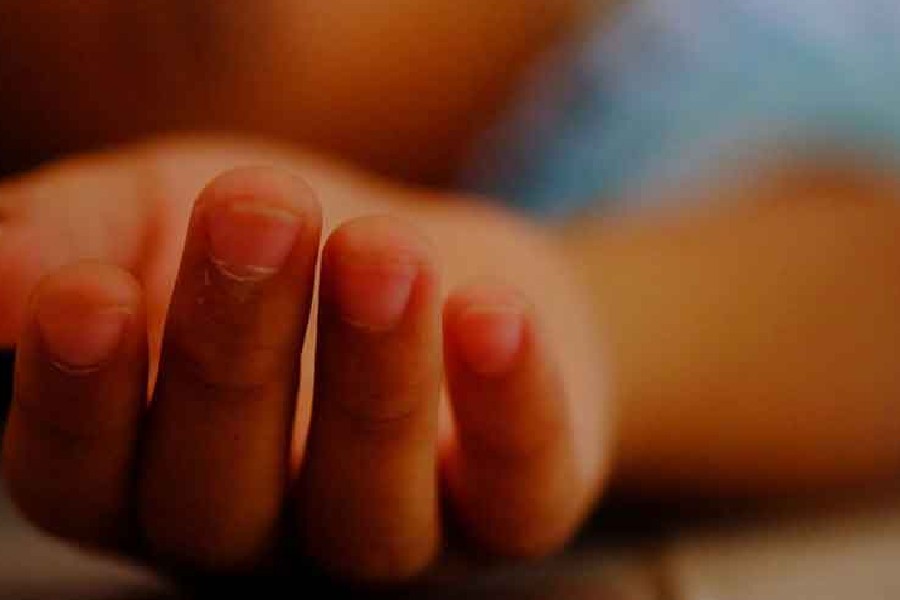In the final weeks of the presidential campaign, Vice-President Kamala Harris is contending with erosion within the Democratic coalition that put Barack Obama and Joe Biden in the White House, and growing more dependent on white voters who historically aligned more with Republicans.
Black and Latino voters, two essential pillars of that coalition, have drifted away from Democrats in striking numbers, according to New York Times/Siena College polling.
The defections, if they hold to Election Day, would make Harris’s path to victory far more difficult, complicating her efforts both in big cities like Philadelphia and Detroit and across Sun Belt battlegrounds such as Georgia and Arizona.
A Harris win would also be reliant on support and high turnout from college-educated white voters and suburbanites, including voters who traditionally leaned Republican until the Trump era.
“She’s doing very well in suburban areas that went blue after Donald Trump came into office,” Patrick Murray, director of the Monmouth University Polling Institute, said. “That’s what’s keeping her in the race right now, while she’s losing a point or two because of the less enthusiastic support among urban men.”
Harris’s predicament is the clearest display yet of the ways former President Donald J. Trump is creating new political alliances that could fundamentally alter the make-up of the two major parties.
Since Trump’s ascent, Republicans have made inroads with working-class voters across races and ethnicities while Democrats have increasingly become the party of college-educated, upper-income voters.
It’s a potential realignment that many Democrats did not see coming. When Obama became the first Black President in 2009, his party embraced the assumption that a more diverse electorate would make the party dominant in presidential politics. And many believed that the rise of Trump, who enthusiastically stokes racial grievances, would only hasten the arrival of a durable Democratic majority in the electoral college.
Instead, the opposite has happened. Capitalising on disaffection with Democrats, Trump has drawn in Hispanic voters and significantly improved his standing among Black voters.
While a majority of Latino voters — and a vast share of Black voters — still say they support Harris, even modest erosion in their support could be consequential in a race that is effectively tied.
And such erosion is especially notable for Harris, who is running to be the nation’s first Black female and first Asian American President in a party that has long argued that a more diverse slate of candidates will inspire loyalty and enthusiasm.
Some Democrats have questioned the recent polling and said that they expected many Black and Latino voters to “come home” to the party by Election Day.
The Times/Siena poll found that roughly one quarter of Black and Latino voters are undecided or not fully decided.
The Harris campaign insists that it is competing hard to engage and turn out those voters, and allies warn against ceding any ground to Trump.
“The Harris campaign has to fight for these votes,” said Tory Gavito, the president of Way to Win, a liberal political group that has long warned that Democrats are not doing enough to address working-class voters’ concerns. “Particularly those who already have more economic precarity in their lives, they are frustrated.” The majority of Black and Latino voters meet pollsters’ definition of working class because they do not have a college degree.
These voters are often acutely focused on the economy and their personal financial well-being, leaving Democrats vulnerable after years of inflation. Trump’s strength on that issue is clear: Although a majority of Black and Latino voters favour Harris, large shares in both groups said that Trump would help them personally.
They are also distrustful and disappointed in politics generally: Hispanic voters are effectively split over whether Republicans or Democrats are better at keeping their promises, and large shares in both groups did not say that either party kept its promises.
The polling shows that the gender gap is especially pronounced — with men of all races, ages and education levels far more likely to support Trump. But the Democratic erosion was not limited to men. Harris is also underperforming among Black women and Latina voters, especially those without a college degree.
Four years ago, Biden won 93 per cent of Black women voters. Harris’s support among Black women is at 83 percent, the Times/Siena poll found.
The Harris campaign on Sunday released a memo highlighting other polling that showed stronger numbers for Harris among Black and Latino voters. But it has also ramped up outreach. On Monday, the campaign released an agenda focused specifically on Black men. Later this week, Harris is scheduled for an interview with Charlamagne Tha God, a popular Black radio host who has roundly criticised both parties.
Yet, even as she tries to stem her losses with those groups, Democrats see opportunities to deepen their support among suburban and college-educated white voters, particularly women.
In the final weeks, when many campaigns focus on turning out supporters, the Harris campaign also plans to keep trying to persuade traditionally Right-leaning voters, with advertising tailored to their concerns.
New York Times News Service










